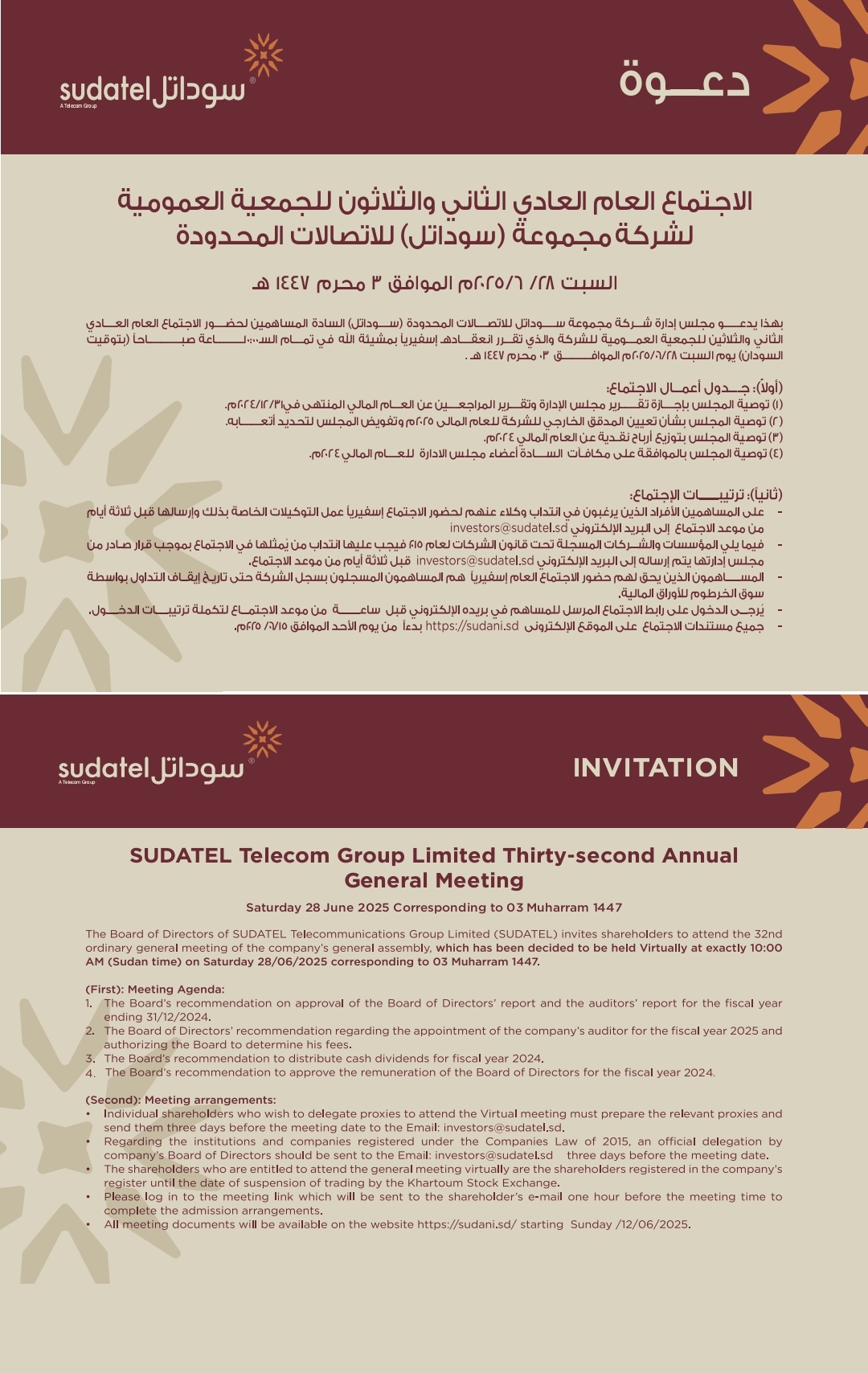د. محمد يوسف قباني يكتب: “الحوكمة: إطار شامل لضبط الفرضيات وتحقيق التميز المؤسسي وفق المرجعيات القياسية” الحوكمة: المنهج القياسي لضبط الفرضيات وتحقيق الجودة المؤسسية (1). Governance: A Comprehensive Framework for Controlling Assumptions and Achieving Institutional Excellence According to Standard References. Governance: The Standard Approach to Controlling Assumptions and Achieving Institutional Quality (1). Dr Mohamed Elgabbani

د. محمد يوسف قباني يكتب: “الحوكمة: إطار شامل لضبط الفرضيات وتحقيق التميز المؤسسي وفق المرجعيات القياسية”
الحوكمة: المنهج القياسي لضبط الفرضيات وتحقيق الجودة المؤسسية (1).
Governance: A Comprehensive Framework for Controlling Assumptions and Achieving Institutional Excellence According to Standard References.
Governance: The Standard Approach to Controlling Assumptions and Achieving Institutional Quality (1).
Dr Mohamed Elgabbani
الحوكمة هي إطار عملي ومعياري يهدف إلى تحقيق التوازن بين المصالح المتعددة لأصحاب المصلحة داخل المؤسسات المختلفة، سواء كانت حكومية، تجارية، تعليمية، أو غيرها. ظهرت الحوكمة كأحد الركائز الأساسية لضمان الإدارة الرشيدة، خاصة في ظل التعقيد المتزايد
للأعمال والأنشطة المؤسسية. إنها بمثابة المنهج القياسي الذي يضبط الفرضيات ويؤسس معايير الشفافية، المسؤولية، والمساءلة لضمان الجودة المؤسسية وتحقيق الأهداف الاستراتيجية.
تُعرف الحوكمة بأنها النظام الذي يتم من خلاله توجيه المؤسسات والتحكم بها، حيث تمثل الهيكل الذي يتم من خلاله تحديد أهداف المؤسسة والآليات المستخدمة لتحقيق هذه الأهداف ومراقبة الأداء. تتطلب الحوكمة وضع سياسات وقواعد تنظيمية واضحة تعزز من الكفاءة
والفعالية، مع التركيز على القيم الأخلاقية والممارسات المستدامة. إنها عملية ديناميكية تشمل التحليل المستمر للبيئة المؤسسية، وتقييم الفرضيات القائمة، وتكييف الاستراتيجيات لضمان التميز المؤسسي في كافة المراحل.
التحولات العالمية في مجالات الاقتصاد، التكنولوجيا، والسياسة جعلت من الحوكمة ضرورة ملحة وليست خيارًا. إذ تهدف الحوكمة إلى بناء مؤسسات قادرة على التكيف مع التغيرات السريعة، مع الالتزام بالمبادئ الأساسية التي تحكم النزاهة والشفافية. وبالتالي، فإن
الحوكمة لم تعد مجرد أداة إدارية، بل أصبحت رؤية شاملة تسعى لتعزيز الابتكار، دعم اتخاذ القرار الرشيد، وتحقيق التنمية المستدامة.
الحوكمة ليست مجرد إجراء تنظيمي أو نظام إداري، بل هي منظومة شاملة تتضمن وضع قواعد واضحة للإدارة الرشيدة وتطبيقها بفعالية. تتطلب الحوكمة هيكلاً واضحاً من القوانين والسياسات والإجراءات التي توجه عمليات المؤسسة وتحدد علاقات المسؤولية بين الأطراف
المختلفة. يركز هذا النهج على ضمان المصداقية والثقة بين الأطراف المختلفة، مما يؤدي إلى تعزيز الأداء المؤسسي بشكل مستدام.
إحدى الوظائف الأساسية للحوكمة هي ضبط الفرضيات التي تستند إليها المؤسسات في وضع استراتيجياتها وأهدافها. تتطلب هذه الوظيفة تقييماً دقيقاً للبيئة الداخلية والخارجية، والتأكد من أن الافتراضات
المستخدمة في عمليات التخطيط وإدارة المخاطر تستند إلى بيانات وتحليلات دقيقة. فعندما تكون الفرضيات دقيقة، تصبح المؤسسة قادرة على مواجهة التحديات بفعالية وتحقيق نتائج مستدامة.
الجودة المؤسسية هي انعكاس مباشر لفعالية الحوكمة. تهدف الحوكمة إلى تعزيز الأداء المؤسسي من خلال تحسين العمليات، رفع مستوى الكفاءة، وضمان الالتزام بمعايير الجودة. تعمل الحوكمة على تحديد الأدوار
والمسؤوليات بشكل واضح، مما يقلل من التداخل والصراعات الداخلية، ويزيد من الكفاءة في استخدام الموارد. كما تُسهم الحوكمة في بناء ثقافة تنظيمية قائمة على التعاون والابتكار، مما ينعكس إيجاباً على جودة الخدمات أو المنتجات التي تقدمها المؤسسة.
أبعاد الحوكمة:
1. الشفافية: توفير المعلومات الدقيقة والموثوقة للأطراف المعنية.
2. المساءلة: تحديد المسؤوليات وضمان محاسبة الأفراد والجهات المعنية.
3. المشاركة: إشراك كافة الأطراف ذات العلاقة في عمليات اتخاذ القرار.
4. النزاهة: الالتزام بالقيم الأخلاقية وتعزيز السلوكيات المهنية.
5. الاستدامة: ضمان استمرارية الموارد والأنشطة المؤسسية للأجيال القادمة.
تطبيقات الحوكمة:
تتنوع تطبيقات الحوكمة بحسب نوع المؤسسة وأهدافها. في القطاع الحكومي، تسعى الحوكمة إلى تحقيق الشفافية ومكافحة الفساد. أما في القطاع الخاص، فتركز على تعزيز الابتكار وزيادة الكفاءة لتحقيق الربحية. وفي القطاع التعليمي، تعمل الحوكمة على تحسين جودة التعليم وتوفير بيئة تعليمية ملائمة.
تحديات الحوكمة:
رغم أهمية الحوكمة، إلا أن تطبيقها يواجه تحديات متعددة، منها مقاومة التغيير، ضعف البنية التحتية التنظيمية، ونقص الكوادر المؤهلة. تتطلب مواجهة هذه التحديات استثمارات مستدامة في بناء القدرات وتعزيز الوعي بأهمية الحوكمة في تحقيق النجاح المؤسسي.
في الختام، تبرز الحوكمة كأداة استراتيجية لتعزيز الأداء المؤسسي وضمان تحقيق الأهداف بكفاءة وفعالية. إنها تتجاوز كونها مجرد إطار تنظيمي لتصبح منهجاً شاملاً يربط بين الجوانب الإدارية، الاقتصادية، والاجتماعية. تُعد الحوكمة بمثابة البوصلة التي توجه المؤسسات نحو الشفافية، النزاهة، والاستدامة، مع ضمان الالتزام بمعايير الجودة العالمية.
إن الحوكمة ليست حلاً سحرياً لجميع التحديات المؤسسية، لكنها تقدم خارطة طريق لتحقيق النجاح المستدام. تعتمد فعاليتها على التزام القيادة بتطبيق مبادئها وتعزيز ثقافة المشاركة والمساءلة داخل المؤسسة. كما أن الاستثمار في بناء الهياكل التنظيمية وتطوير القدرات الإنسانية يُعد حجر الأساس لتحقيق الحوكمة الفعالة.
وفي عالم يتسم بالتغيرات المتسارعة، تصبح الحوكمة ضرورة وليست خياراً. فهي توفر المرجعية الذي تستند إليها المؤسسات في مواجهة الأزمات، تحسين الأداء، وضمان استمرارية النجاح. ومن هنا، يمكن القول إن الحوكمة ليست مجرد مفهوم إداري، بل هي رؤية مستقبلية تهدف إلى بناء مؤسسات قوية قادرة على تحقيق تطلعات الحاضر وضمان حقوق الأجيال القادمة.
Governance is a practical and normative framework that aims to balance the multiple interests of stakeholders within various institutions, whether governmental, commercial, educational, or other. Governance has emerged as one of the basic pillars to ensure good management, especially in light of the increasing complexity of business and institutional activities. It is the standard approach that sets assumptions and establishes
standards of transparency, responsibility, and accountability to ensure institutional quality and achieve strategic goals.
Governance is defined as the system through which institutions are directed and controlled, as it represents the structure through which the goals of the institution are determined and the means used to achieve these goals and monitor
performance. Governance requires the establishment of clear policies and regulatory rules that enhance efficiency and effectiveness, with a focus on ethical values and sustainable practices. It is a dynamic process that includes continuous analysis of the institutional environment, evaluation of existing assumptions, and adaptation of strategies to ensure institutional excellence at all stages.
Global transformations in the fields of economy, technology, and politics have made governance an urgent necessity and not an option. Governance aims to build institutions capable of adapting to rapid changes, while adhering to the basic principles that govern integrity and transparency. Therefore, governance is no longer just an administrative tool, but rather a comprehensive philosophy that seeks to enhance innovation, support sound decision-making, and achieve sustainable development.
Governance as an approach to controlling assumptions and achieving institutional quality
Governance is not just an organizational procedure or administrative system, but rather a comprehensive system that includes setting clear rules for sound management and implementing them effectively. Governance requires a clear structure of laws, policies, and procedures
that guide the organization’s operations and define the responsibility relationships between the various parties. This approach focuses on ensuring credibility and trust between the various parties, which leads to enhancing institutional performance in a sustainable manner.
One of the basic functions of governance is to control the assumptions on which organizations rely in setting their strategies and objectives. This function requires an accurate assessment of the internal and external environment, and ensuring that the assumptions used in planning and risk management processes are based on accurate data and analysis. When
assumptions are accurate, the organization becomes able to effectively face challenges and achieve sustainable results.
Institutional quality is a direct reflection of the effectiveness of governance. Governance aims to enhance institutional performance by improving operations, raising efficiency, and ensuring compliance with quality standards. Governance clearly defines roles and responsibilities, which
reduces internal overlap and conflicts, and increases the efficiency of resource use. Governance also contributes to building an organizational culture based on cooperation and innovation, which is positively reflected in the quality of services or products provided by the institution.
Dimensions of Governance:
1. Transparency: Providing accurate and reliable information to stakeholders.’
2. Accountability: Defining responsibilities and ensuring accountability of individuals and stakeholders.
3. Participation: Involving all stakeholders in decision-making processes.
4. Integrity: Commitment to ethical values and promoting professional behavior.
5. Sustainability: Ensuring the continuity of institutional resources and activities for future generations.
Applications of Governance:
Governance applications vary according to the type of institution and its objectives. In the government sector, governance seeks to achieve transparency and combat corruption. In the private sector, it focuses on promoting innovation and increasing efficiency to achieve profitability. In the education sector, governance improves the quality of education and provides a suitable learning environment.
Governance Challenges:
Despite the importance of governance, its implementation faces multiple challenges, including resistance to change, weak organizational infrastructure, and a lack of qualified personnel. Addressing these challenges requires sustained investments in capacity building and raising awareness of the importance of governance in achieving institutional success.
Ultimately, governance emerges as a strategic tool to enhance institutional performance and ensure that goals are achieved efficiently and effectively. It goes beyond being a mere regulatory framework to become a comprehensive approach that links administrative, economic, and social aspects. Governance is the compass that guides institutions towards transparency, integrity, and sustainability, while ensuring adherence to international quality standards.
Governance is not a magic solution to all institutional challenges, but it provides a roadmap for achieving sustainable success. Its effectiveness depends on the leadership’s commitment to implementing its principles and promoting a culture of participation and accountability within the institution. Investing in building organizational structures and developing human capabilities is also the cornerstone of achieving effective governance.
In a world characterized by rapid changes, governance becomes a necessity, not an option. It provides the foundation on which institutions can confront crises, improve performance, and ensure continued
success. Hence, it can be said that governance is not just an administrative concept, but rather a future vision that aims to build strong institutions capable of achieving the aspirations of the present and ensuring the rights of future generations.









